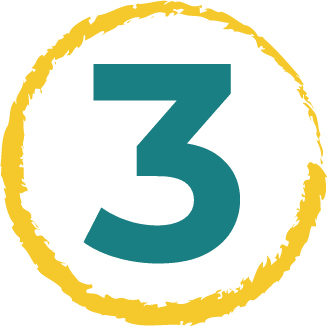TPC Team
Planning is a hugely important part of running a business. It keeps you focused, helps you discover the areas where you deliver the most value – and it allows you to trim out the unnecessary stuff that drains your time and energy.
So what if that business is, well, you. A human with a diverse range of offerings and income streams. And that’s not to mention all the personal responsibilities you have outside your portfolio career.
How do you think strategically and map out the year ahead?
Really, it’s not that intimidating of a task when you break it down into manageable parts. Let’s take a look at the best ways to plan your upcoming year.
Step 1: Determine what you want to achieve
Before you even start putting pen to paper – or fingers to keyboards – visualise what you want to achieve from the year. How do you want your career to evolve over the next 12 months?
Think of this as your self-development plan. Yes, it’s important to map out your finances and define the right colour-coding system for your calendar, but you also want to learn and grow as the year progresses.
Before you even build out your formal plan, ask yourself:

What do I want to do that’s different from what I’m doing now?

What do I want to do that’s the same?

How is my industry changing and what do I need to learn to keep up with it?

Is there an aspect of my portfolio career that I haven’t explored yet? And am I ready to explore it now?
Then block time out to revisit these questions every 3-6 months and think about how you can build new skills or gain knowledge that can benefit your career.
What you enjoy doing may change. The old stuff gets boring (or commoditised) and you might fancy something new. You might become a parent or move to the opposite side of the world. All of this has the potential to affect who you work with and what you do.
Remember, your portfolio career isn’t just about work – it’s about life.

Step 2: Conduct a review of yourself
When you come out of full-time paid employment, you stop getting annuals reviews. It can be tricky to keep yourself on track and work out where the gaps are. So why not conduct your own review?
This is the perfect time to think about things like:

What you achieved last year

What you didn’t achieve last year

What you want to do more of

What you want to do less of

What you’d like to change about your offerings and services

What learning and development you need to invest in
Go through any feedback you have from clients and look for common themes. If you don’t have any feedback, ask for it! We’ve found that people are generally quite helpful when asked.
And make it clear you want that feedback to be frank and honest. We learn the most when we evaluate our weaknesses, so read between the lines and figure out what you need to pivot or iterate about your offerings.
Then highlight the areas where you’re feeling the most emotional resistance. Chances are, those are the things you should be addressing first. Are you not comfortable putting yourself out there? Then study up on business development. Not sure how to sell your unique skills? Then take a course in personal branding.

Step 3: Do a financial review
Eager to plan your finances for the upcoming year? It helps to look at how the previous year went first.
Let’s quickly evaluate your financial results. First, ask yourself:

How much money did I make last year?

What were my expenses?
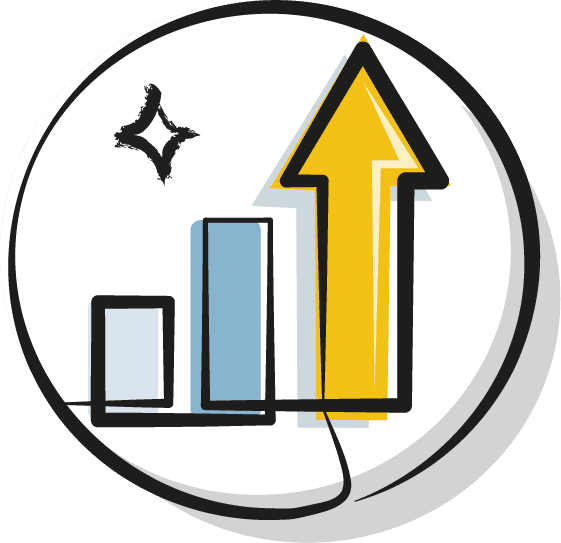
What was my total profit (revenue minus expenses)?

What was my profit margin (profits divided by revenue)?

How did this compare to any previous years?
You can also use this exercise to determine when your next feast and famine fluctuations might be. Feast months are the busy months where the client work is heavy – you may even be turning jobs down because you’re just too busy. The famine months are the quieter times. In theory, your feasts should offset your famines. If you’re able to predict when your quieter months might be, you can plan ahead – maybe that’s when you go on holiday or invest some time in a course.
This data will also help you estimate what your revenue for the upcoming year might be. Do your rates need to change? There are lots of factors that determine what you should charge for a job, and that involves measuring both money and meaning.
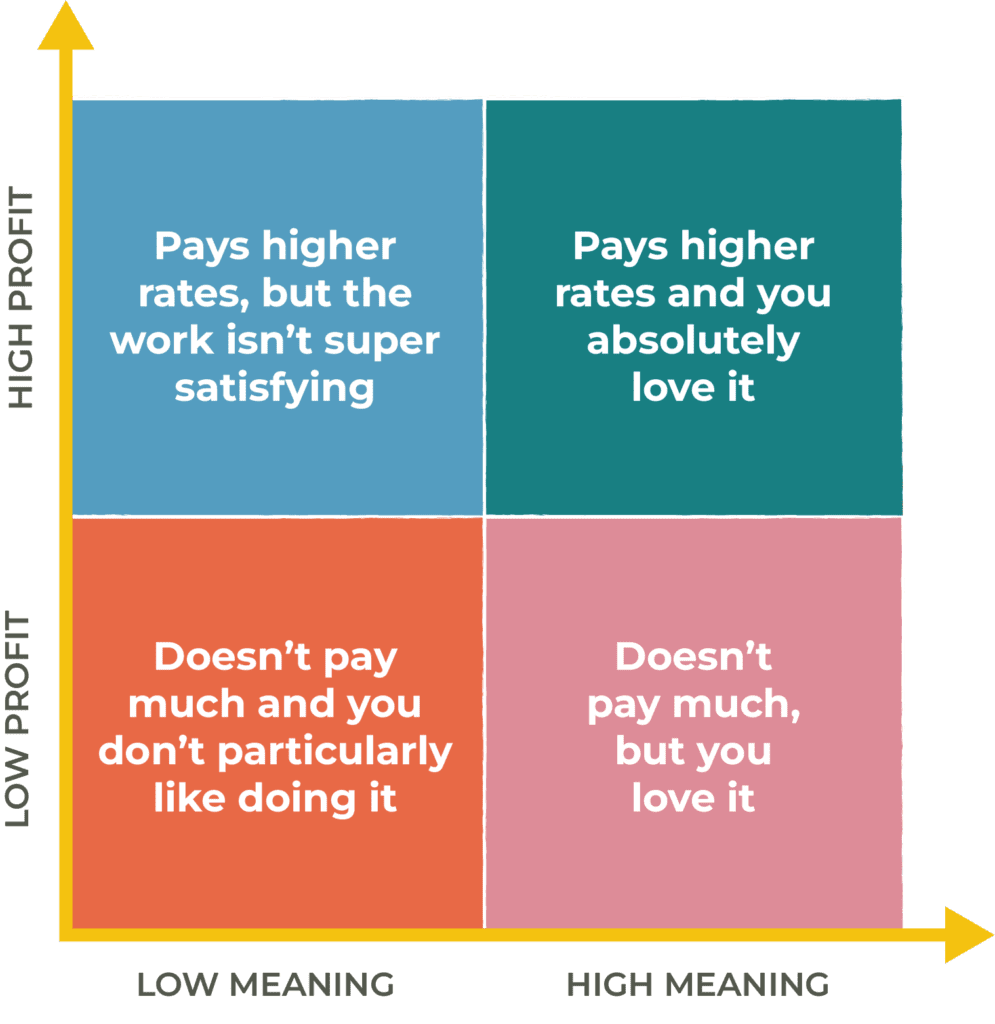
This will help you figure out how different types of clients contribute to your financial wellbeing and your overall happiness.
Not sure what you should be charging? Check out our handy guide.
If you’ve just started your portfolio career, don’t stress about this aspect of planning too much. Instead, focus on things like:
- How much can I earn from side hustles and freelance work?
- How much do I need to earn from my full-time or part-time job to offset that and pay my bills?
Then consider how you might be able to start winding down the full-time job bit by bit and how much you’d need to earn in order to stay on top of your finances and still come out the other side profitable.
Step 4: Figure out what you want to stop, start and continue
Now that you have a clearer picture of what makes you money, it’s time to think about the things that give you energy and the things that drain you.
In order to avoid burnout and ensure you’re establishing healthy habits, we suggest focusing as much of your time and effort as you can on work that gives you energy.
Take a look at those low meaning clients and jobs from last year. What didn’t you enjoy about that work? Is this something you can stop doing? Or maybe something you can outsource instead? Or perhaps you simply need to start charging more for that type of project.
Then examine the projects that energised you. That would be:

People you enjoyed working with

Jobs that aligned with your values and passions

Creatively challenging work
How can you win more work that fits into that bucket? Is there an aspect of those jobs that you can zoom in on and do more of?
Step 5: Set clear and achievable goals for the upcoming year
Did you know that only 3% of adults have clear, measurable and time-bound goals? And statistics show those people achieve 10x more than people who don’t set objectives at all. That’s because having clear aims and milestones to work towards helps you focus on what’s important and re-evaluate when things aren’t going quite to plan.
When it comes to setting goals, we recommend using the SMART framework.
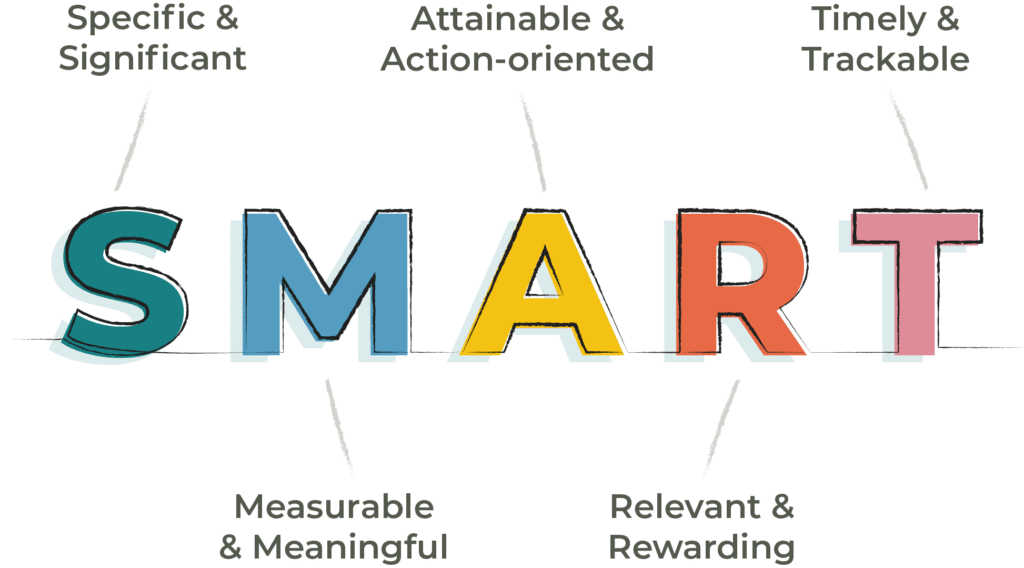
Remember, this doesn’t have to just be about work. The beauty of having a portfolio career is that you get to set the rules that define your work-life balance. So don’t neglect stuff like self-care, wellbeing and family.
Here are a few examples of goals you may set for the year ahead:

Work out at least three times a week

Take two courses to develop your skills

Build distinctive personal profiles on at least five job sites for portfolio professionals

Attend a networking event each quarter

Take on four pro bono clients to build new skills / gain references

Go out to lunch with your partner once a week
Step 6: Schedule in time for regular reflection
Drafting a master plan is great, but how do you make sure you’re sticking to it and achieving what you set out to do?
That’s easy. Deliberately schedule in time to think. It sounds a bit strange, but life can snowball quickly around you and if you put a recurring meeting in your calendar every Friday, you’re less likely to put reflection on the back burner.
It doesn’t have to be a mammoth task. Just find a quiet time where you can consider how the previous week went and how that aligns with your wider plan.

Maybe you prefer to jot down notes in a journal, or perhaps you’re more mentally attentive when you go out for a walk at the end of a busy day. However you do it, make sure you take note of what went well, what could have gone better and what you will do differently going forward. And, by all means, don’t forget to celebrate the wins 🎉
Need a few guiding prompts? Ask yourself:

What am I most proud of?
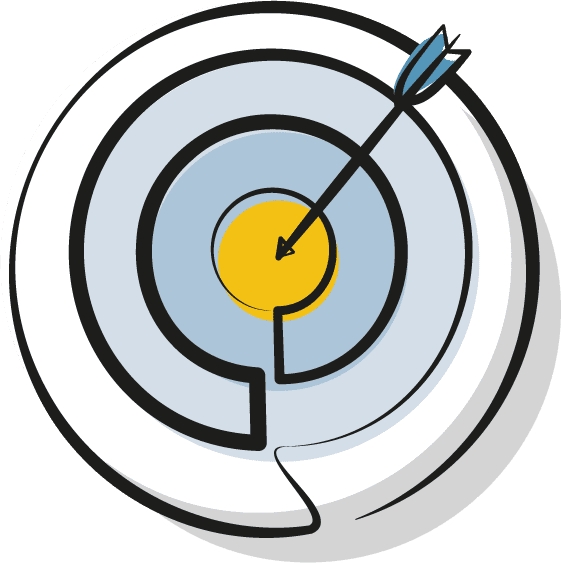
What milestones did I hit?

What did I manage to finally tick off my list?

What didn’t I get done this week?

What didn’t go well and why?

Are there any big tasks I avoided? Why is that and what can I do to address that?
This exercise doesn’t need to take more than a few minutes. The most important thing is to make sure you’re learning all the time and not drifting
Our top tips for staying on top of things
Everyone has their own planning and time management styles, but it helps to try a few different methods to see what works for you. Here are some of our favourites.

1. Make sure you’re planning your diary in advanced
Look at all the other things coming up before you start scheduling projects. Most of us get into portfolio careers because there are a variety of things going on in our lives – don’t let work bleed into that.
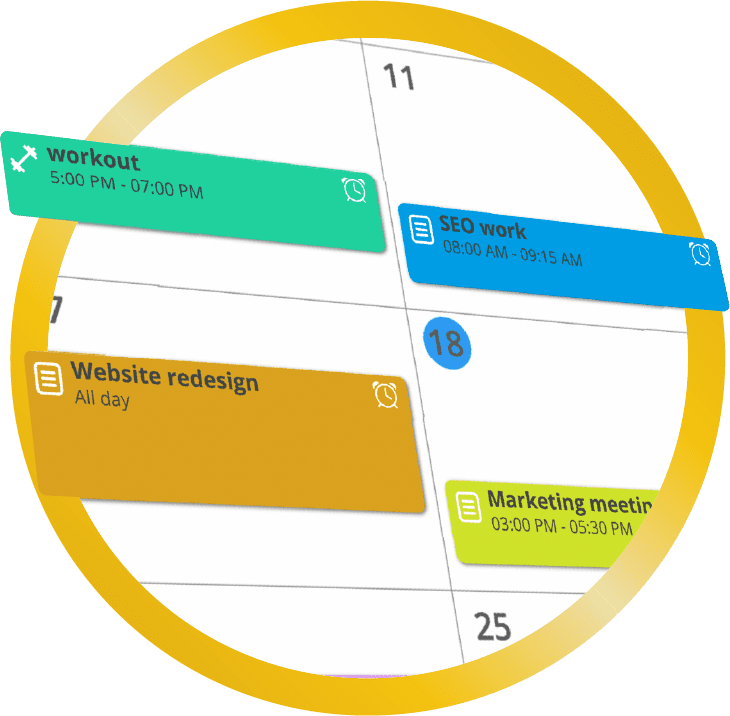
2. Are you a visual thinker? Colour code your diary
Group the different offerings or aspects of your life into themes and assign them colours. Then you can colour code your diary to help you visualise how much you’re doing in each area.

3. Plan for the unpredictable
The unpredictable will happen. So block out at least three hours a week to cover the unexpected things that crop up – both personal and professional.

4. Anticipate setbacks
Don’t be hard on yourself when things don’t go according to your masterplan. Think about what you could do on the bad days to learn and adapt. This is where a support network and community can really come in handy – and TPC is a great place to find that!

5. Have rules in place about how you split your time
A perfect example of this is our CEO Ben Legg. He dedicates two-thirds of his working hours to building TPC and one-third to his portfolio career. Within that one-third, he allows for up to 6 hours of unpaid work. He always blocks out bedtime with his kids and time for exercise.

6. Make business development a weekly task
This needs to happen consistently in the background, so if you schedule set hours each to send messages, build your network, catch up with clients and post on social media, you’re less likely to fall into the feast-and-famine trap.

7. Remember to make time for self care
The better you feel, the more confident you’ll be selling your services and delivering to a high standard. Burning out isn’t sustainable. So make time for exercise, be sociable and try to reinforce healthy habits.
What if this whole portfolio career thing is new to you?
A lot of this advice is for people who already have some client work. But that doesn’t mean you can’t learn from it if you’re just starting out.
If you’re even half thinking about leaving full-time employment, begin building your plan now and chip away at it bit by bit.

It can even be something small like taking a course, redoing your LinkedIn profile or attending a networking event. Little, consistent actions translate into big gains over time. The worst thing you can do is procrastinate forever and kick the can down the road. Do something. Start somewhere.
Still need a bit more guidance on planning and refining your portfolio career? Join our next Catapult cohort and we’ll give you the tools you need to move in the right direction.
Think this sounds like the right path for you? Come along to our monthly Community Welcome Call for new members to find out what a portfolio career could look like and how The Portfolio Collective can help you take those first steps towards professional success – and don’t forget to connect with our community!



